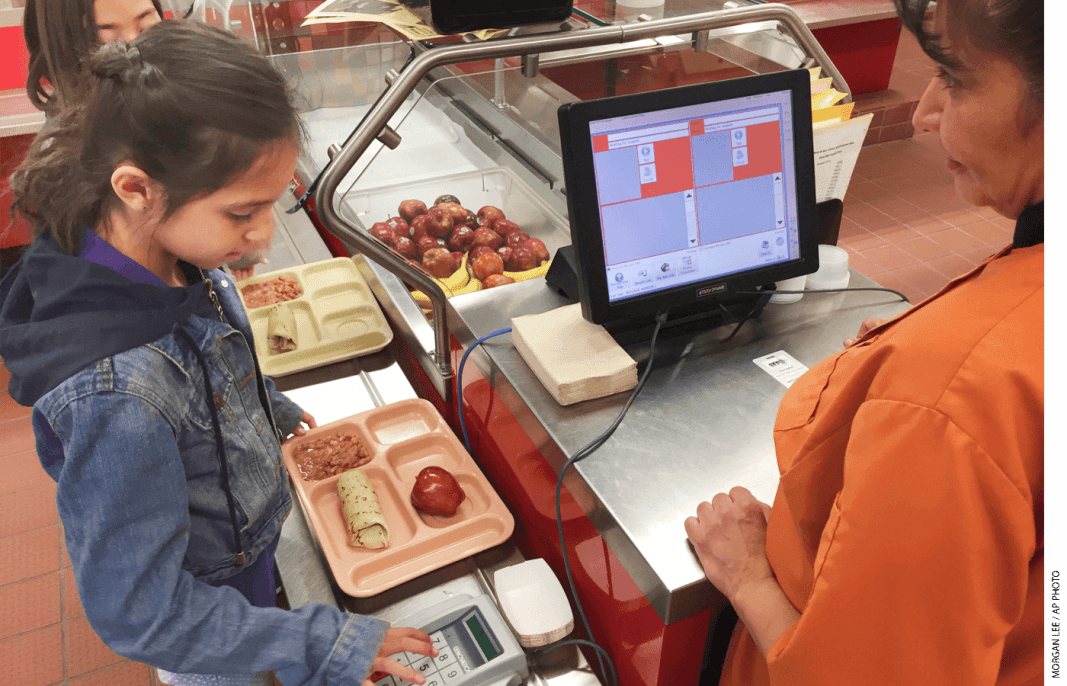
The Community Eligibility Provision of the National School Lunch Program allows high-poverty schools to offer subsidized school lunches free of charge to all students, regardless of an individual family’s financial need. President Joe Biden has proposed expanding the provision by lowering the threshold for schools to adopt community eligibility. U.S. Senator Bernie Sanders and other legislators want to expand nutrition programs further, to provide a free breakfast, snack, lunch, and dinner to every student, regardless of family income. During the school closures wrought by the pandemic, public schools gave many families electronic benefits or checks to compensate for missed lunches and breakfasts, even through the summer, and in some cases provided boxed meals or bags of groceries for pickup. How far should the federal government go in expanding school-based nutrition programs beyond the free or reduced prices lunches for some that date back to the Richard B. Russell National School Lunch Act of 1946? Weighing in on this question are Amy Ellen Schwartz and Michah Rothbart of Syracuse University and Max Eden of the American Enterprise Institute.
Let More Schools Offer Free Lunch for All
by Amy Ellen Schwartz and Michah Weitzman Rothbart
by Max Eden
This article appeared in the Spring 2022 issue of Education Next. Suggested citation format:
Schwartz, A.E., Rothbart, M.W., and Eden, M. (2022). Expand Access to Free School Food? Debating plans to increase federal support for child nutrition. Education Next, 22(2), 66-72.
Last updated February 15, 2022





